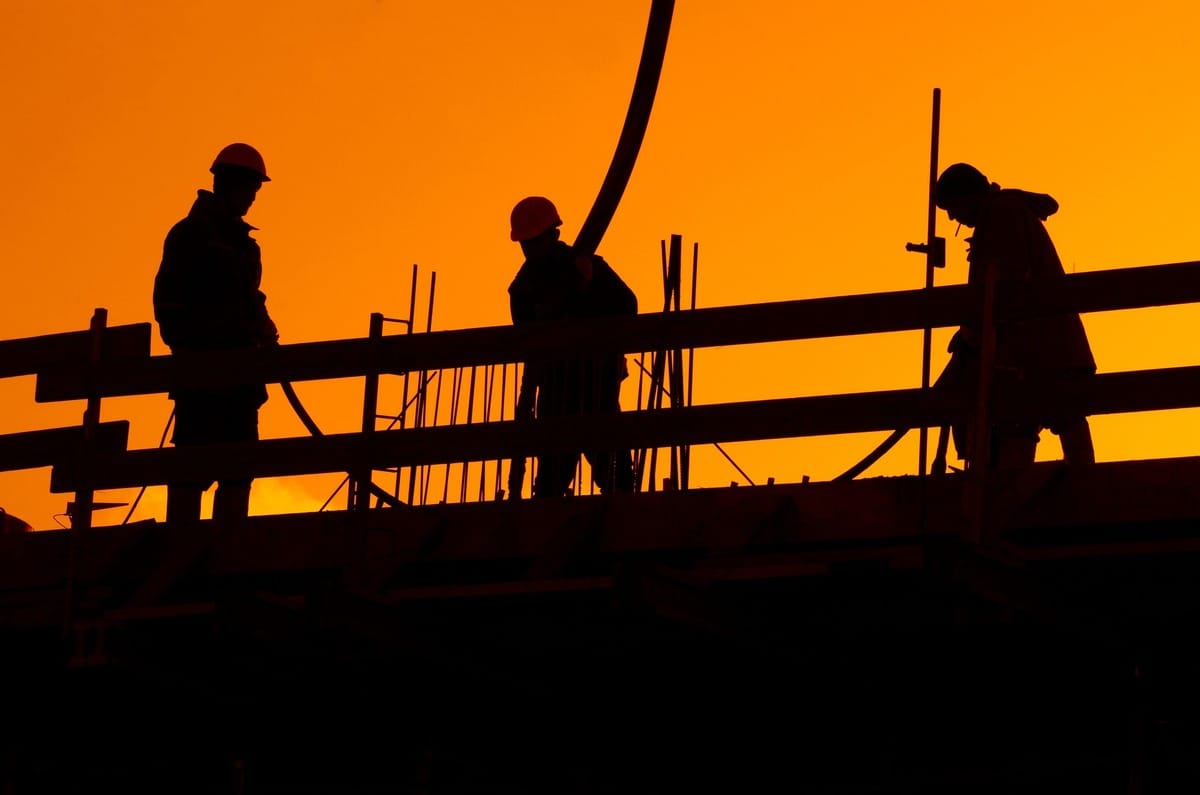- Full Brim Safety
- Posts
- Proper Ladder Setup and Stability - The Foundation of Your Climb
Proper Ladder Setup and Stability - The Foundation of Your Climb
Full Brim Safety: Build Smart, Build Safe

Proper Ladder Setup and Stability - The Foundation of Your Climb
Welcome back, let's Build Smart & Build Safe! We've covered selecting the right ladder and inspecting it thoroughly. Today, we're focusing on the critical next step: proper ladder setup and ensuring its stability. A perfectly good ladder becomes a dangerous tool if not positioned correctly.
Your goal is to create a secure base and angle that prevents slipping, tipping, or collapsing while you work. This isn't just about convenience; it's about life or death.
1. The Stable Base: Where Your Ladder Stands
Firm, Level Surface: Always place the ladder on a firm, level, and non-slippery surface. Avoid loose dirt, gravel, uneven ground, or slippery materials like oil or ice.
Secure the Feet: Ensure the ladder's feet are making full, positive contact with the ground. If the ladder has pivot feet, make sure they are properly positioned for the surface (e.g., flat on hard surfaces, spurred on soft ground if applicable).
Clear the Area: Remove any debris, tools, or tripping hazards from the base of the ladder and the surrounding area.
2. The 4:1 Rule: Your Angle for Success (for Extension and Straight Ladders)
This is one of the most fundamental rules for safe extension and straight ladder setup:
For every four feet of ladder height (from the base to the point of support), the base of the ladder should be one foot away from the wall or supporting structure.
Example: If your ladder's support point is 16 feet high, the base should be 4 feet away from the wall (16 feet / 4 = 4 feet).
This angle provides optimal stability, reducing the risk of the ladder slipping out at the bottom or falling backward at the top.
3. Securing the Ladder: Preventing Movement
Even with the correct angle, ladders can still shift. Always take steps to secure it:
Tie Off the Top: Always tie the top of the ladder to a secure support point (e.g., a strong structural member, not a gutter). Use rope, bungee cords, or special ladder clamps.
Secure the Bottom: This could involve staking it to the ground, blocking its feet, or having a coworker "foot" the ladder (standing on the bottom rung to hold it steady – only if other methods aren't possible and with extreme caution).
Extension Ladders Extend 3’ Above Landing: When using an extension ladder to access another level, be sure the ladder extends 3’ above the upper floor for stability when mounting and dismounting the ladder.
Extension Ladder Overlap: Ensure the sections of an extension ladder overlap correctly, as specified by the manufacturer. Never use an extension ladder with insufficient overlap, as it compromises stability.
4. Working Near Doorways and Passageways:
Barricade and Guard: If a ladder must be placed in a doorway, passageway, or other area with traffic, barricade the area to prevent others from accidentally bumping into or moving the ladder. Alternatively, have a dedicated person guard the area.
Warning Signs: Use "Ladder In Use" or "Caution" signs.
Proper setup isn't just a recommendation; it's a critical safety measure that directly impacts the stability and security of your working platform. Never rush this step. Tomorrow, we'll dive into the rules for actually climbing and working safely on the ladder.
Don't forget to sign your friends up for Full Brim Safety for your daily dose of construction safety tips!
-The Safety Man
